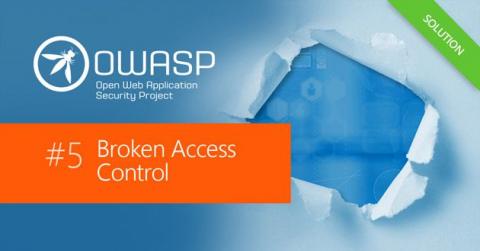Get earlier, actionable vulnerability insights from Black Duck Security Advisories
The number of open source vulnerabilities discovered each year never seems to stop growing, emphasizing the importance of developers addressing them quickly and efficiently. However, simply identifying vulnerabilities is insufficient; their sheer scale makes it necessary to have an intelligent way of understanding which ones need to be fixed first to decrease the risk of a breach. For development teams in this environment, remediation prioritization and broad vulnerability coverage are critical.











